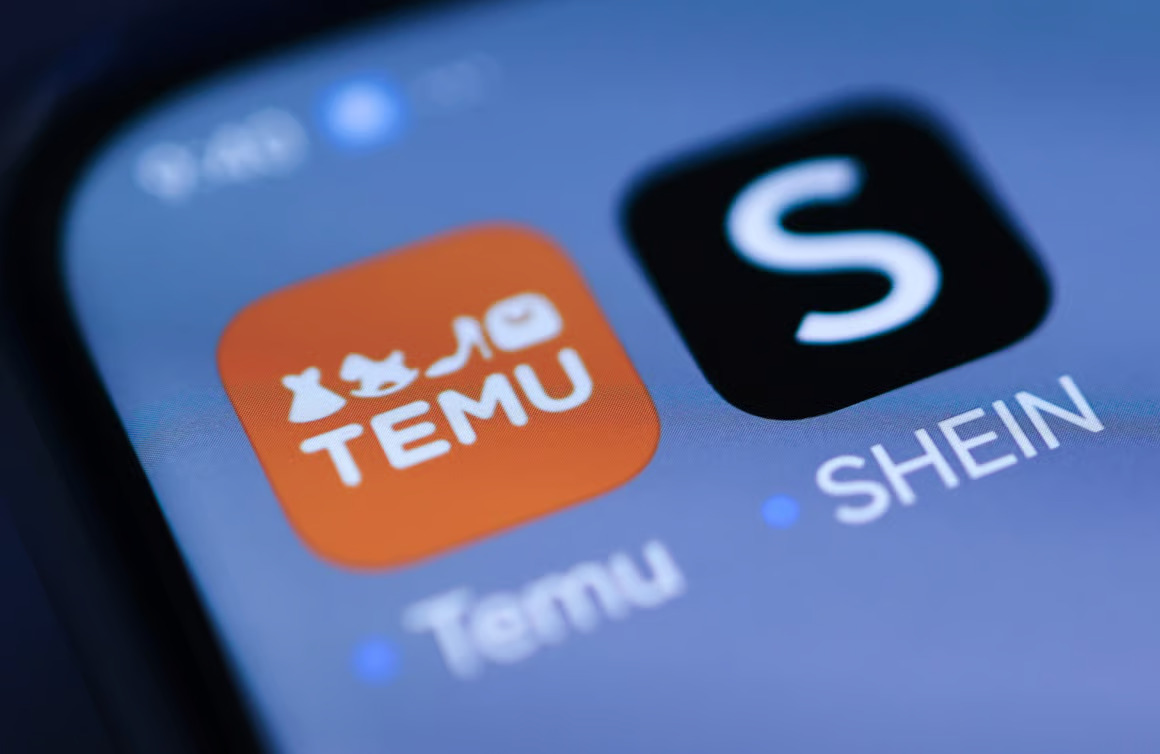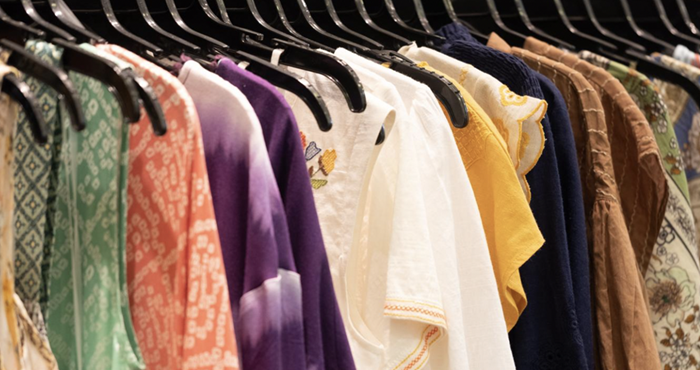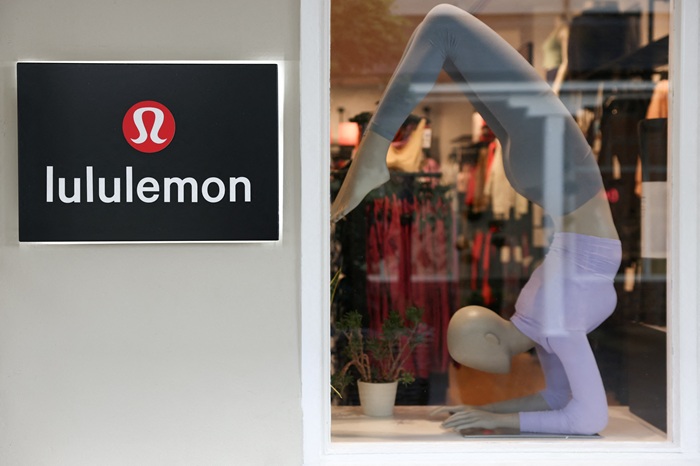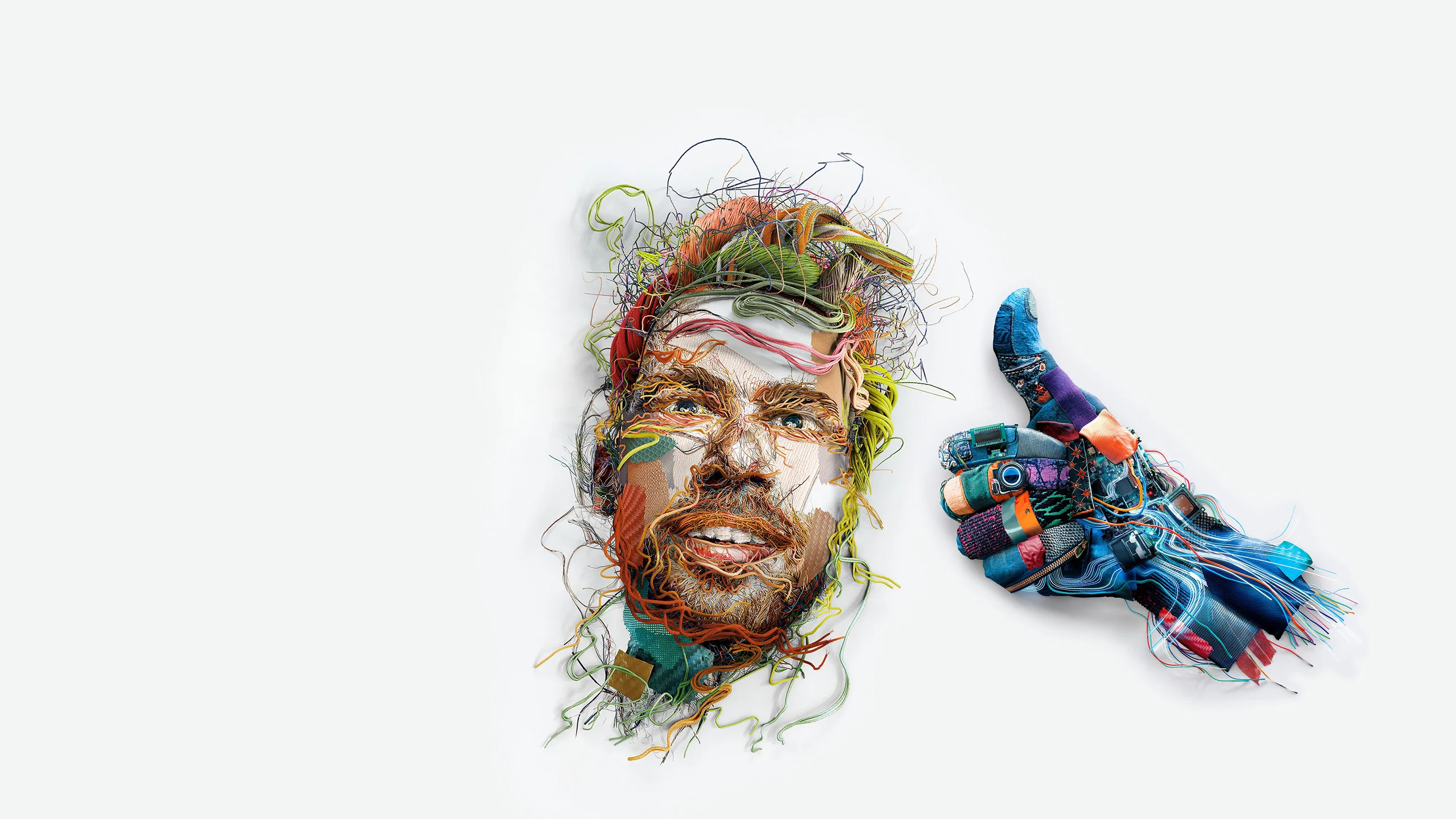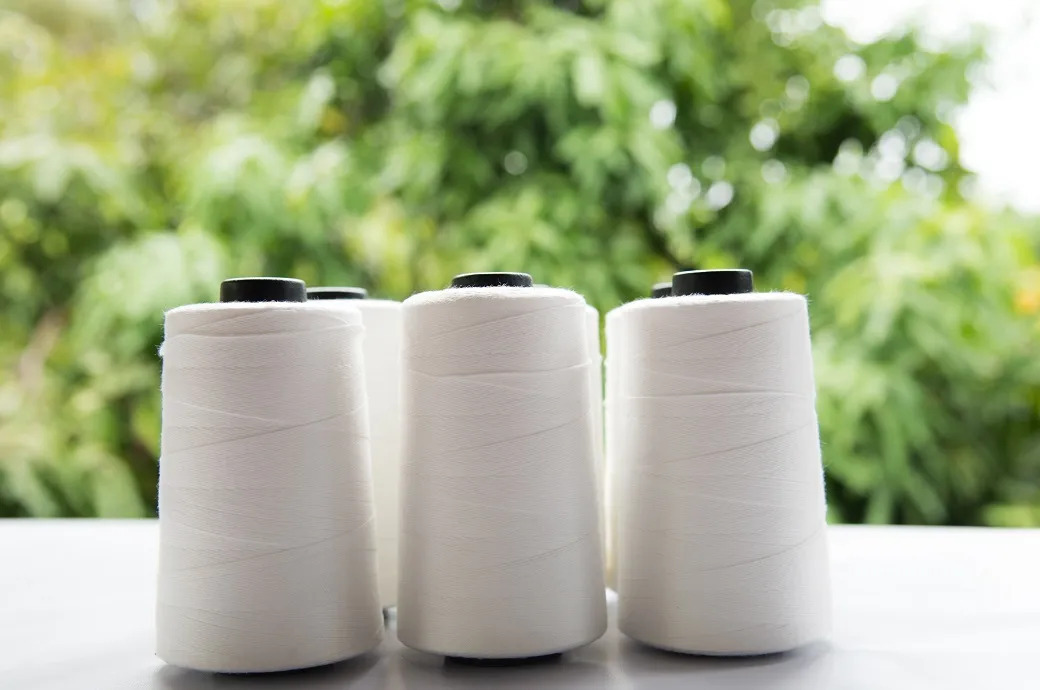FW
JLL India one of the real estate consultancy firm in a statement mentioned that Pune’s retail market is receiving considerable investment attention from global retail players, many international brands, which preferred to be present only in the bigger Indian cities, are recognising the potential of Pune as a model city to expand their footprint and study consumers behaviour patterns.
The Pavilion on S.B Road and Westend Mall in Aundh, those account for of 4.5 lakh sq. ft. and 4 lakh sq. ft. respectively, plan to have major international brands like H&M, Zara, Gant, Kenneth Cole, Brooks Brother , MAC Cosmetics and Superdry . Walmart and Ikea are also exploring Pune, Ikea plans to acquire land parcels to execute entry into Pune in 2018-19, and Walmart is considering a suitable location to activate its stores.
Pune’s retail real estate market has started seeing a better quality malls with the introduction of retail reforms like Retail REIT and GST.
World cotton production is forecast to grow 8.2 per cent over the previous year.The projected increase in cotton output is due to price-driven area increases for most major cotton producers, and significant improvements in outlook for a few countries, namely Pakistan, China, and Mexico.
Almost alone among major cotton-producing regions, the African Franc Zone is forecast to yield its largest crop ever obtained, at about 5.2 million bales. Despite this improving outlook, global production remains below the levels seen before the extremely poor-yielding 2015-16 crops.
The forecasts show an upward revision for consumption growth from 2.2 per cent last month to 2.6 per cent. Forecasts for China, India, and Pakistan were all raised appreciably, boosting the forecast growth rate for consumption without greatly increasing forecast demand for imports, especially as China and Pakistan have larger forecast 2017-18 production, and thus comparatively ample expected supplies.
The consumption revision, however, is smaller than the upward revision to global production, resulting in higher forecast ending stocks. Further, global trade forecasts are lowered, driven by lower import demand in producer countries, especially Pakistan. These higher forecast 2017-18 ending stocks are located outside of China (where forecasts of the degree of destocking have been increased), with the result that pressure on prices is expected to continue.
Invista held its 2017 Lycra fibre Legwear seminar in Yiwu, China. The event’s theme of ‘Lycra Moves Ingenuity’, highlighted the innovative attitude of the Lycra brand, which presented inspirational new ideas, innovations and market insights to invited guests from key mills, brands and retailers in the Chinese market.
Lycra shared their integrated mobile campaign, ‘The Difference that Makes the Difference’ the campaign was designed to raise consumer brand awareness and create a positive brand association through engaging and shareable micro-film content that’s perfect for social media.
Martin Suen Chairman, China Hosiery and Socks Professional Committee of the China Knitting Industry Association, and President, Shanghai EIKO Textile, declared that competing in an ongoing price war is not a sustainable business practice. According to him at present the key to outpacing the competition and winning in the global marketplace is to work with strong suppliers to develop good quality products. He also stressed the importance of continuous innovation of products as consumers are looking for like anti-laddering and every product need to be original and feature benefits.
Bangladesh’s cotton imports will be 7.1 million bales in 2017-18, making it the world’s largest importer of the fiber. Local growers can supply less than three per cent of yearly demand. The demand for the natural fiber is on the rise in Bangladesh as it is the only country that is still mainly dependent on raw cotton for making yarns and fabrics.
The other countries have shifted to manmade fibers like filament, polyester or viscose. Currently the ratio of cotton and manmade fiber use is 28:72 worldwide, with a pronounced tilt towards artificial fibers due to lower price, improved functionality and ease of use.
However, this ratio is not applicable in Bangladesh yet as more than 90 per cent of yarns and fabrics are made from natural cotton in the country. Cotton consumption is rising from the spinners’ end. The demand for both yarns and fabrics is increasing every year. The over 430 local spinning mills can supply nearly 90 per cent of the yarn for the knitwear sector and 40 per cent of the fabrics needed by the woven sector.
Currently, Bangladesh imports 55 per cent of its cotton from India, thanks to favorable prices, geographical proximity, shorter lead time and the quality of the fiber.
AATCC announced the winners of the 2017 C2C Merchandising Competition. 20 Students participated from 4 various colleges and universities it also received 11 entries. Many students showcased their skills in business, marketing, and merchandising by creating a business concept of a hypothetical new apparel line that redesigns apparel items (leggings, t-shirts, etc.) for children (ages 2-10) with special needs and/or a disability. At the first place it was Moxie by Alexis Jones, second place Kids in Motion by Caroline DeRosa and third place –Smiley Willy by Lauren Ferrell and Hanna Jernigan.
Established in 1921 AATCC, the Association of Textile, Apparel & Materials Professionals, is the world’s leading not-for-profit association serving textile professionals. AATCC, headquartered in Research Triangle Park, NC, USA, provides test method development, quality control materials, and professional networking for members in about 50 countries throughout the world.
India’s technical textile market which is currently estimated at 14 billion dollars is likely to reach a level of 32 billion dollars by 2023, by diversifying towards non-woven technical textiles and forging global partnerships with counterparts.
The vertically integrated supply chain and the diverse range of products are the main factors expected to contribute to the growth of the industry.
India is looking to increase exports of technical textiles, such as sweat absorbing clothes for athletes or fire retardant wear used by factory workers or fire-fighters, where margins are higher than they are in traditional garments.
These apparel require specialised processing to meet requirements of customers as per global standards, but sell at higher price points than do readymade garments.
Technical textiles have multiple segments such as agrotech — crop covers and shade mats; tarpaulins, floor and wall coverings for buildings, and apparel used in cars and aircraft.
The global technical textile market is estimated to be around 100 billion dollars in which India has a negligible share.
India expects this segment could also absorb better-qualified engineers and researchers to work on products that could eventually get sold in the US and Europe. At the same time, it would also increase employment for women in states such as Karnataka and Tamil Nadu, where there is an educated workforce.
Major shopping malls in the Kathmandu Valley have seen a significant drop in sales.Sales of fashion wear and accessories have dropped by 25 per cent to 40 per cent. At this time of the year, sales of summer clothes used to jump, with people thronging malls to purchase the latest arrivals. But even with the advent of summer, many shops in these shopping malls are not seeing an influx of customers.
One of the reasons for drop in sales is local elections. The first phase of local elections was held on May 14. But preparations began weeks ahead of the actual Election Day. Because of this, many people, who had migrated to the valley for employment and other purposes, returned back to their home districts. This hit sales.
Another reason for the drop in sales is a slow rise in temperature even after the end of winter. Because of the longer winter this year, people intending to buy summer wear delayed their purchase plan. This affected sales.
Despite the low business volume, most fashion stores at malls are introducing the latest arrivals to attract consumers. Most fashion stores in the valley import fashion wear and accessories from China, Thailand, Bangladesh and India. Many are now resorting to summer sale to increase footfall in their stores.
Bangladesh and Vietnam have jumped ahead of India in knitwear exports over the past decade. The export share of Bangladesh in cotton underwear in the US market has grown from 5.5 per cent in 2005 and presently grown to 16.4 per cent.
In the same period, cotton-made underwear garment exports from Vietnam grew exponentially from a minuscule 0.3 per cent to 20.9 per cent. But the market share of cotton-made underwear garments from India to the United States was 3.9 per cent in 2005 and presently grown to 9.9 per cent.
The share of Tirupur knitwear exports in India’s total garment exports is 20 per cent. More than 80 per cent of the industries in this sector are medium and small scale.
Exporters want a one-time long term initiative to be undertaken to uplift the skill proficiency of existing laborers in order to increase productivity at par with competing countries and at the same time reduce waste.
Exporters also feel this is the right time for the knitwear sector to capture the market that’s leaving China, due to an increase in cost of manufacturing. If the opportunity is missed, the market would be captured by competing countries like Bangladesh, Vietnam, Indonesia and Cambodia.
According to the Textile Outlook International from the business information company Textiles Intelligence strong growth is predicted for the Vietnamese textile and clothing industry between 2016 and 2020, production may rise 12-14 per cent per annum. Exports are expected to rise by 15 per cent per annum and, will set to reach US$50 billion by 2020. For a start, Vietnamese companies will have to deal directly with foreign buyers and produce more garments on a so-calledfob (free on board) basis.
Also, only a small percentage of Vietnamese clothing is made from domestically produced fabric and this needs to increase significantly. Additionally, there needs to be a shift from producing lower end clothing items to producing high quality, high value fashion items. There also needs to be a move towards more efficient sourcing through vertical integration, as well as an improvement in productivity by enhancing research, training and development. The industry has already begun to make significant investments in its textile manufacturing facilities. Moreover, Vietnam was the biggest investor among these countries in ring spindles and open-end rotors.
There has also been a marked expansion in the knitting sector. Not all Vietnamese clothing exports benefit from preferential tariffs under these FTAs. Development has also been assisted by government success in negotiating a number of free trade agreements (FTAs). Vietnamese fabric production accounted for 15 per cent of the clothing industry's fabric needs in 2015. However by pursuing a programme of specialization and modernization the government is promoting opportunities for the textile and clothing industry. Its objective in doing so is to produce more items with greater added value, and it is significant that a number of internationally recognized brands are increasingly active in the country. There is also scope for clothing producers to enhance their product offerings by developing their own brands and becoming original design manufacturers (ODMs) rather than mere subcontractors. However, significant opportunities will arise for supplying Vietnam's growing domestic clothing market.
Textile Outlook International is published six times a year by Textiles Intelligence. Each issue provides an independent and worldwide perspective on the global fibre, textile and apparel industries.
Shima Seiki’s latest technological contributions are aimed at promoting knitted applications in the field of technical textiles, designed and produced on Shima Seiki’s line-up of advanced computer design systems and computerised flat knitting machines.
Wholegarment knitting is capable of producing knitted items in their entirety on the machine, and allows complex 3D forms for fitting the human body or even car seats without the need for sewing. Selective compression allows control over placement and amount of pressure for various compression wear in sports and medical applications. The seam-free nature of Wholegarment also ensures continuity of yarn, allowing functional yarns such as conductive yarns to wrap around the entire body for applications in smart garments and wearable technology.
The flagship MACH2XS machine features the company’s original SlideNeedle on four needle beds and patented spring-loaded full-time sinker system. Capable of Wholegarment knitting in all-needles, MACH2XS offers great flexibility for knitting high-quality Wholegarment products with a seemingly endless variety of knit patterns at very high speed and efficiency, all while minimising dependence upon labor-intensive sewing and linking.
Shima Seiki, based in Japan, is a leading computerised knitting machine manufacturer. It will be present at Techtextil, United States, June 20 to 22, 2017.

